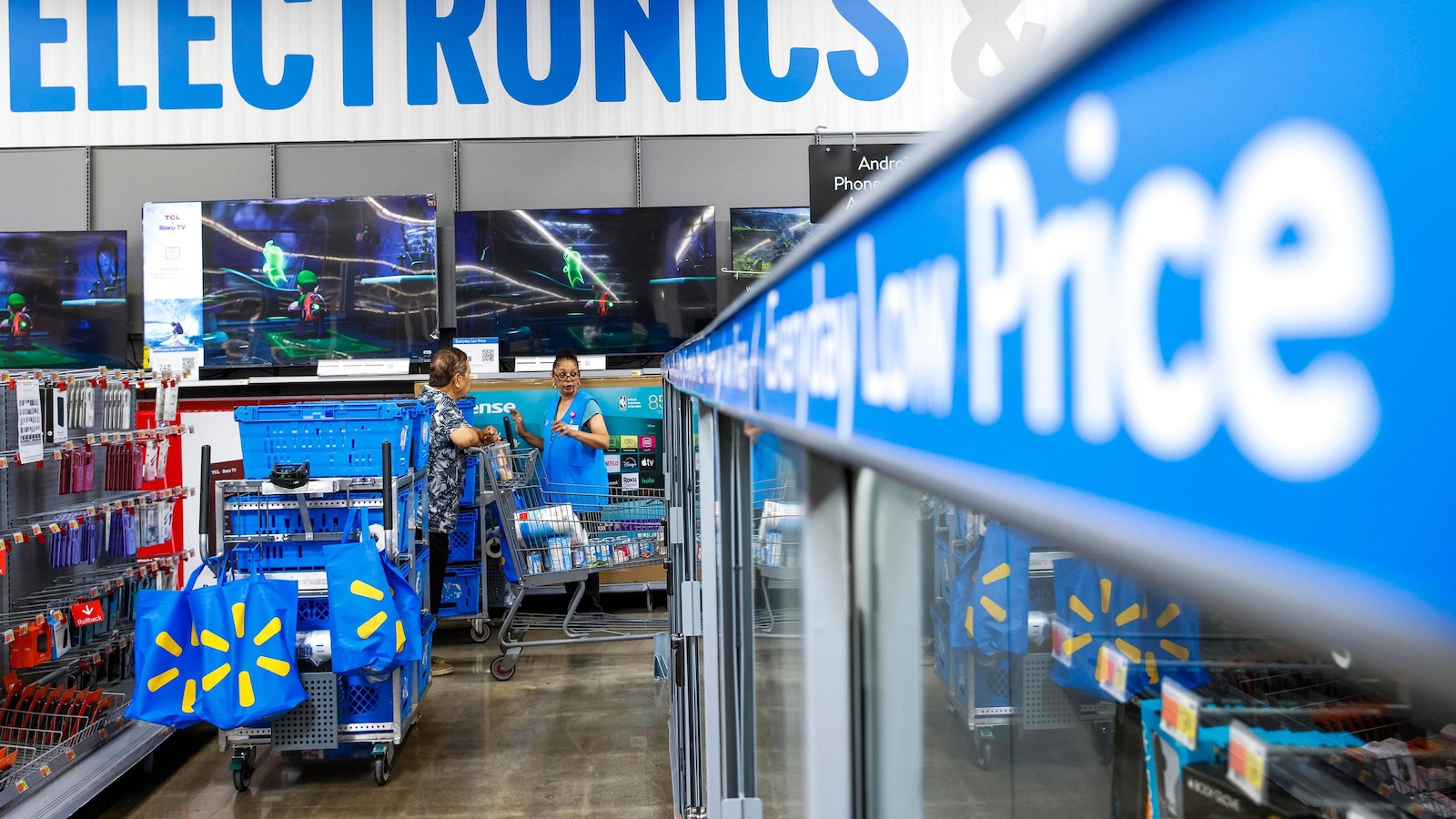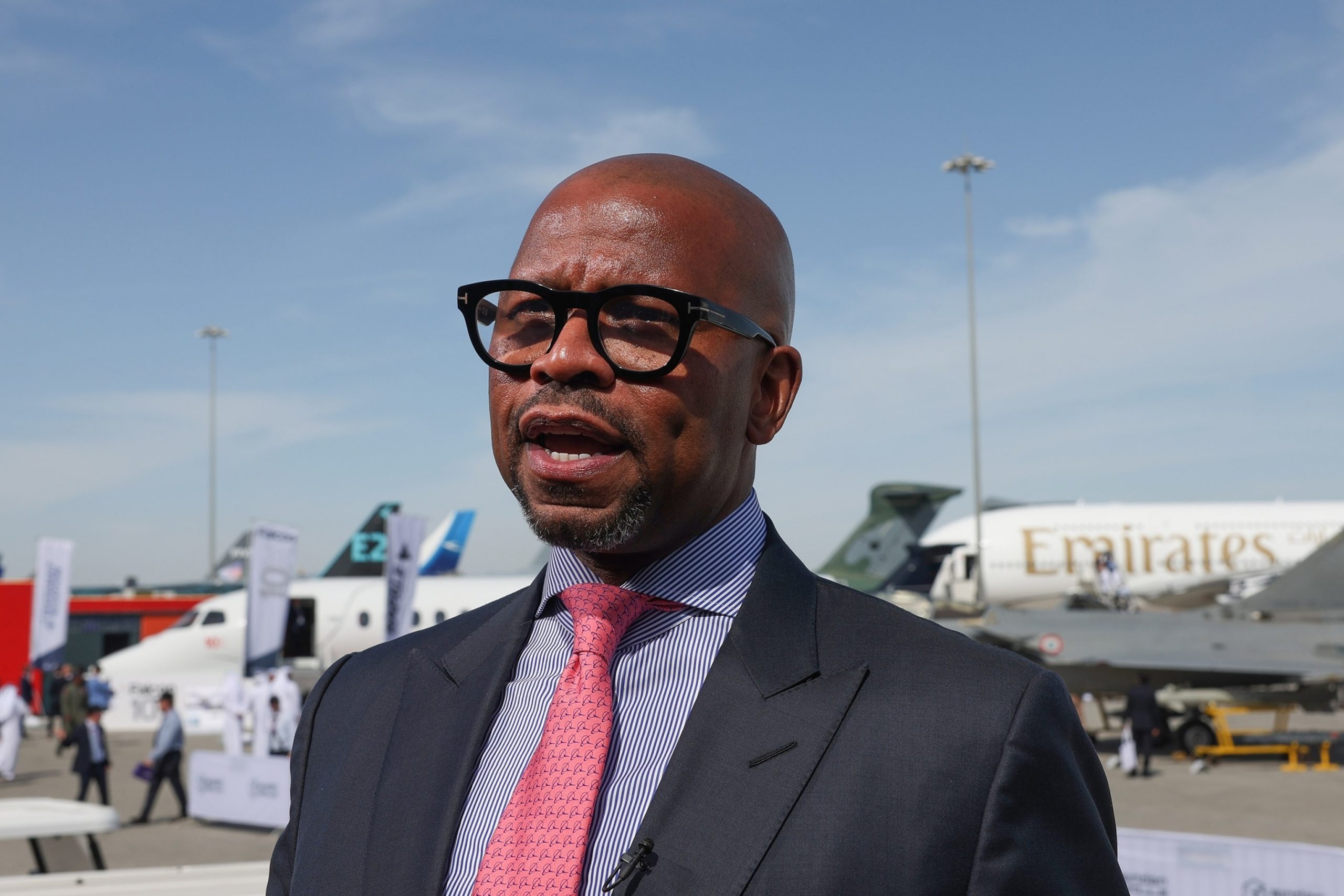
WASHINGTON — Americans stepped up their spending at retailers last month by the most in a year and a half, easing concerns that the economy might be weakening under the pressure of higher prices and elevated interest rates.
The Commerce Department reported Thursday that retail sales jumped 1% from June to July, the biggest such increase since January 2023, after having declined slightly the previous month. Auto dealers, electronics and appliance stores and grocery stores all reported strong sales gains.
The July retail sales data provided reassurance that the U.S. economy, while slowing under the pressure of high interest rates, remains resilient. It showed that America’s consumers, the primary driver of economic growth, are still willing to spend.
Adjusted for inflation, sales rose about 0.8% last month. And excluding gas station sales, which don’t reflect Americans’ appetite to spend, retail purchases also rose 1%.
Consumers have been pummeled since the pandemic by high prices and elevated interest rates. Yet at the same time, average wages have also been rising, providing many households with the means to keep spending.
Inflation-adjusted wages have increased slightly from a year ago. Upper-income households have also seen their wealth increase, with stock prices and home values having jumped in the past three years. Increases in wealth can encourage more spending.
Auto sales jumped 3.6% last month, the largest increase since January 2023, a sign that rising inventories of cars on dealer lots are boosting purchases.
Sales at electronics and appliances stores surged1.6%. And they rose 0.9% at hardware stores and garden centers. Restaurant sales were up 0.3%, a sign that Americans are still willing to spend on discretionary items, such as eating out.
Financial markets had plunged earlier this month on fears surrounding the economy after the government reported that hiring was much weaker than expected in July and the unemployment rate rose for a fourth straight month.
Yet since then, economic reports have shown that layoffs are still low and that activity and hiring in services industries remains solid. Americans are also still splurging on services, such as travel, entertainment, and health care, which are not included in Thursday’s retail sales report.
Still, some economists worry that much of Americans’ spending now is being fueled by the increased use of credit cards. And the proportion of Americans who are falling behind on their credit card payments, while still relatively low, has been rising.
But cooling inflation may give households a needed boost. Consumer prices rose just 2.9% in July from a year earlier, the government said Wednesday. That was the smallest year-over-year inflation figure since March 2021. And core inflation, which excludes volatile food and energy costs, slipped for the fourth straight month.
While Americans are still willing to spend, they are increasingly searching out bargains. On Thursday, Walmart, the nation’s largest retailer, reported strong sales in the three months that ended July 31.
More Americans appear to be shopping at lower-prices outlets like Walmart. The company also boosted its sales outlook for this year and said that it hasn’t seen any signs of weakness from the consumer.
Other companies are also starting to offer lower prices to entice consumers, a trend that is helping slow inflation. McDonald’s said its global same-store sales fell for the first time in nearly four years in the second quarter. The company introduced a $5 meal deal at U.S. restaurants in June; most franchisees plan to extend that deal through August.
Arie Kotler, CEO of Arko Corp., a convenience chain based in Richmond, Virginia, said he’s noticed that shoppers have cut back their spending on discretionary items like salty snacks and candy bars since May. He said he thinks people are struggling with high interest rates on credit cards, with many of them maxed out.
___
AP Business Writers Anne D’Innocenzio in New York and Dee-Ann Durbin in Detroit contributed to this report.
In July, US shoppers defied expectations by increasing their spending at retailers despite higher prices across a variety of goods and services. This surprising trend has left economists and analysts puzzled, as many had predicted that rising inflation would lead to a decrease in consumer spending.
According to the latest data from the Commerce Department, retail sales rose by 0.7% in July, marking the third consecutive month of gains. This increase was driven by strong sales in categories such as electronics, clothing, and sporting goods, as well as a surge in online shopping.
One possible explanation for this uptick in spending is the recent influx of government stimulus checks and expanded unemployment benefits, which have provided consumers with extra cash to spend. Additionally, the reopening of the economy and easing of COVID-19 restrictions have led to a pent-up demand for goods and services, as consumers look to make up for lost time during the pandemic.
However, the rise in consumer spending comes at a time when prices are also on the rise. Inflation has been steadily increasing over the past few months, with prices for goods such as food, gasoline, and housing all seeing significant jumps. This has led to concerns that higher prices could eventually dampen consumer spending and slow down economic growth.
Despite these concerns, many retailers are optimistic about the future. The back-to-school shopping season is in full swing, and with the holiday season just around the corner, retailers are hopeful that the strong consumer demand will continue.
Overall, the increase in consumer spending in July is a positive sign for the US economy, as it suggests that consumers are feeling confident about their financial situation and are willing to spend despite higher prices. However, economists will be closely monitoring inflation trends in the coming months to see if this trend continues or if consumers begin to pull back on their spending.


